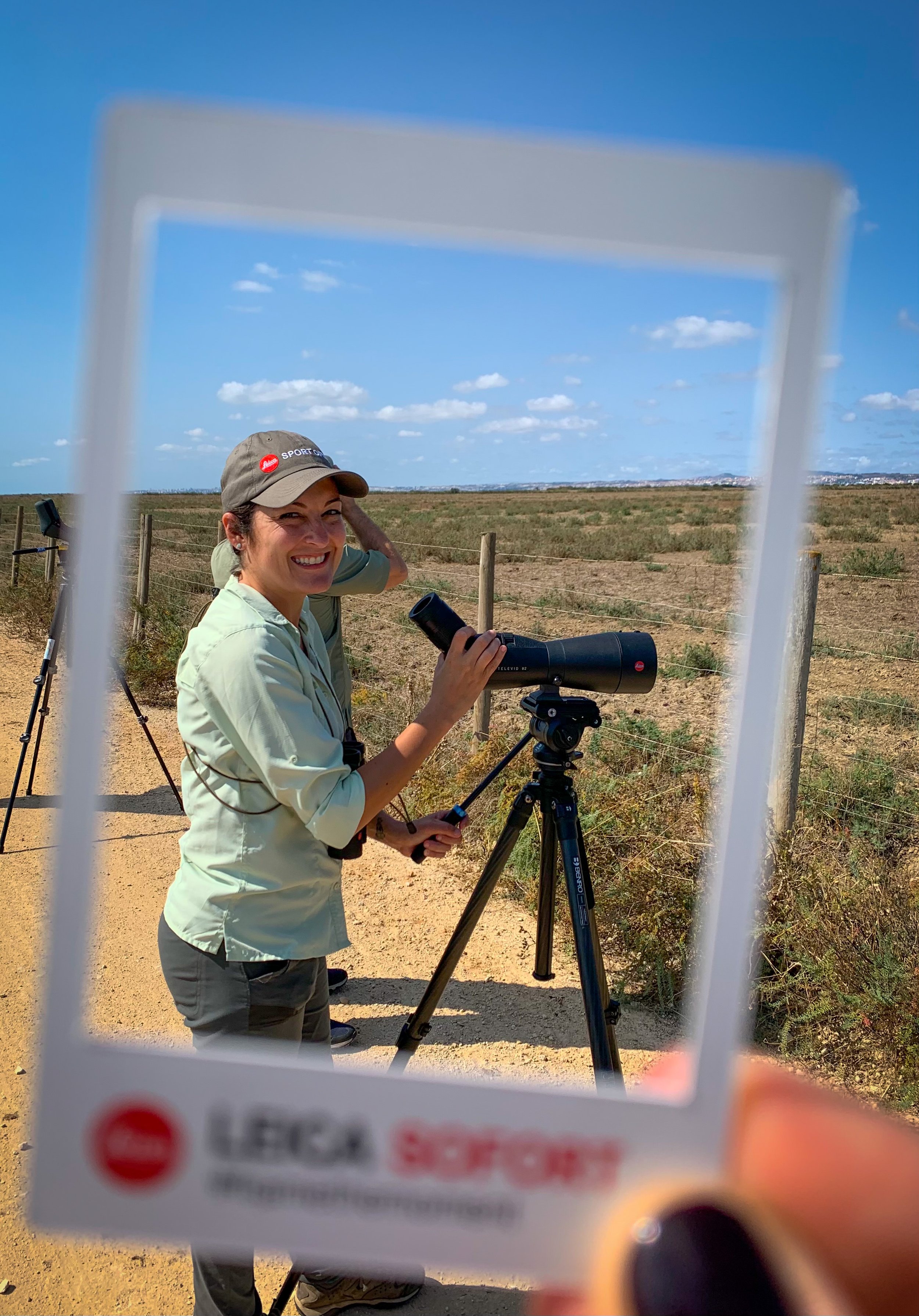Ode to Optics
When I first began birding as a young, poor, college student, I did what most people do: I went out and bought the only pair of binoculars I could afford. Even the $200 price tag was terrifying and meant many meals of ramen noodles were in my future. Although they served my purpose well enough, there were times I found myself frustrated when other people were calling out field marks and better able to identify species, especially in bad light or atmospheric conditions. I would keep quiet while these seasoned birders discussed obscure details and decided I just wasn’t a good enough birder yet. It wasn’t until a wizened old-timer saw me squinting against heat shimmer and handed me their much better (and higher-priced) binoculars that I realized I was a good birder, but my binoculars had been holding me back.
When choosing optics, the age-old adage of “you get what you pay for” comes into play. More premium binoculars are going to come at a premium price. When I was working as a guide, I had many birders ask me, “Are those binoculars worth the price?” My answer to them, and you, today is quite simply: YES. You should buy the absolute best binoculars you can afford.
In the optics world, one size does not fit all, so even if your friend swears their binoculars are the best, that just means they are the best for them. It is easy to get overwhelmed by information and options, but we will start at the beginning: what magnification do you need? The most common magnification birders use is 8-power or 10-power, that is how much the object is being magnified. Lower magnification is going to give you a brighter image, a larger field of view, and a steadier image, which is why most people prefer them. The benefit of a 10-power binocular is that you can zoom in slightly more, which means they are sometimes preferred by guides and researchers. If you are debating feel free to try both but you probably will prefer an 8- power.
The next thing to consider is do you prefer a 42 mm or 32 mm binocular.? Unfortunately, quality glass is heavy, and we are buying these binoculars for the quality glass. A shoulder harness can alleviate weight issues, but you still want to enjoy wearing your binoculars rather than leave them at home. With a 32 mm you are going to be giving up some light transmission (though mostly in low light) and field of view, however, there has been a trend towards them in recent years since many birders find the trade-off worth it. Keep in mind that the binocular might feel heavier even if the specs say it weighs less; this is because the binocular might be more compact, therefore it is denser. What you should consider is not which one weighs the least, but what binocular gives you a premier viewing experience without the weight being an issue. However, if weight is a problem, I would suggest looking at a 32 mm over a 42 mm binocular. Leica’s 8x32 Ultravid HD-Plus for example is the most lightweight premium binocular coming in at just over a pound.
You have picked up your soon-to-be new binoculars you look through them and the world changes forever, or does it? If you are inside with good lighting, you might not notice things like the sharpness of contrast or low light performance. When shopping for binoculars it’s important to go outside and get a feel for what they can do when the conditions aren’t perfect. Where a premium binocular is going to make a difference is in adverse conditions such as fog, heat shimmer, and lowlight.
Aside from an enhanced viewing experience, premium binoculars also offer a higher quality product overall. By going up to a higher price level you will be getting a durable product designed to last. They are tested in conditions like extreme cold and heat, high humidity, salt spray, and force. Most premium binoculars have multi-coated lenses and some sort of hydrophobic coating. Leica’s is known as Aquadura and not only works to repel water from the lenses but also to protect them from scratching. The Leica Ultravids HD-Plus and Noctivids are waterproof down to 5 meters, fog-proof, and shock-resistant, and can withstand pressure up to 18,000 feet. Binoculars are meant to be used and when upgrading you are getting a product that is ready to stand the test of any adventure and lasts for many years.
When it comes to your next optics purchase, remember that you know what suits you best. Start with a budget in mind, and then test everything you can. Going premium doesn’t always mean breaking the bank. The Leica Trinovid HD for example comes in just under $1000 and still offers an enhanced viewing experience. It’s best not to buy a premium binocular until you have compared it to at least one equivalent-quality competitor. Again, one size does not fit all. Specs are helpful, but understand how those numbers are achieved, and premium quality is a combination of many factors. Upgrading binoculars is exciting and should be fun! It might seem a little daunting at first but once you find that perfect match, you won’t regret the enhancements and joy it brings to your birding experience. We are all good birders; we just need to find the right optics!




